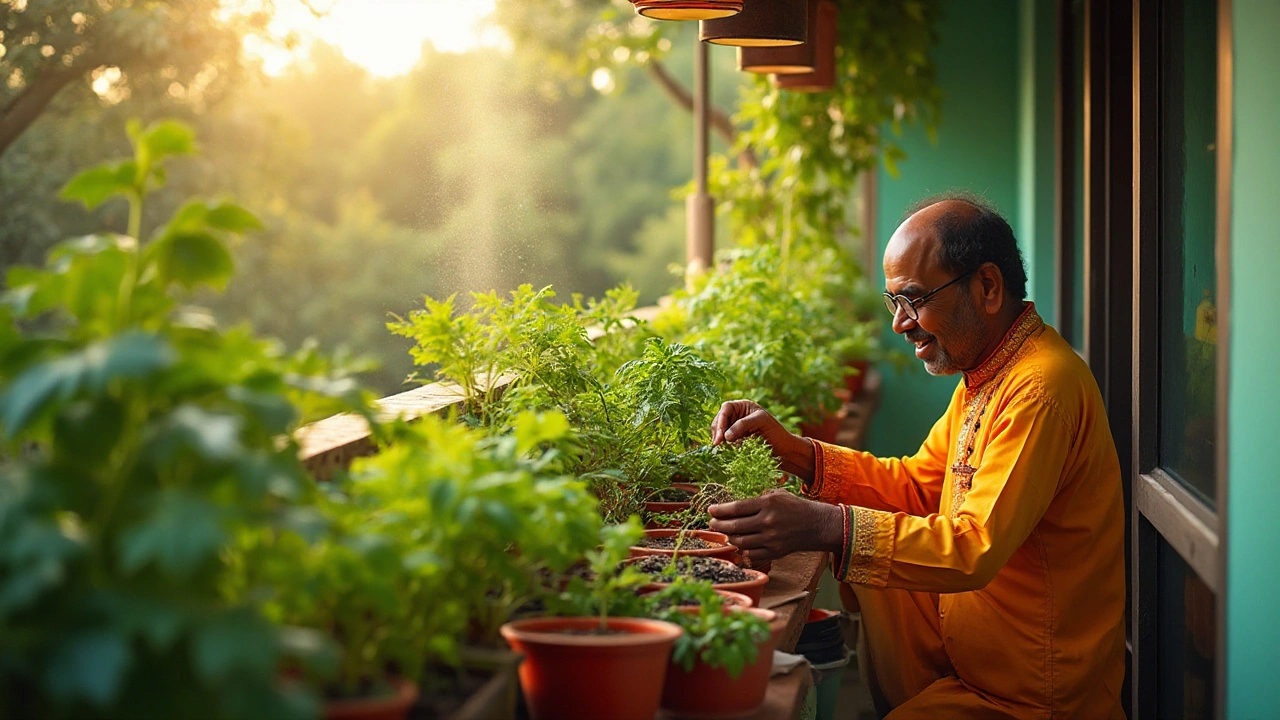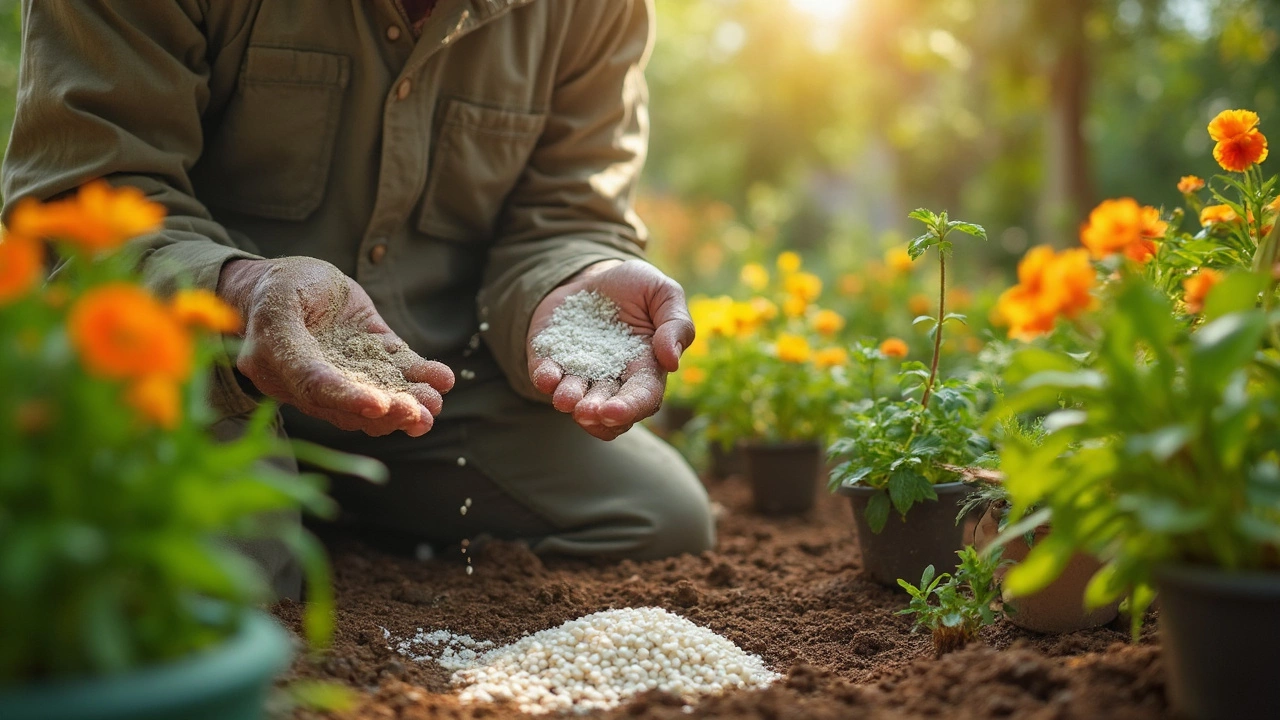Slow‑Growing Vegetables: Patience, Planning, and Practical Tips
When working with slow-growing vegetables, vegetables that take a long time to mature, often needing extended seasons and careful management. Also known as long‑season crops, they reward growers with richer flavors and higher yields when handled right. Container gardening, the practice of using pots or raised beds to control soil and micro‑climate is a handy way to give these crops the stable environment they crave, especially in regions with unpredictable monsoons. Drip irrigation, a low‑flow water‑delivery system that feeds plants directly at the root zone pairs perfectly with slow growers because it keeps soil consistently moist without waste. No‑till gardening, a method of planting without disturbing the soil structure helps maintain the microbial life that slow‑growing roots rely on. Together, these approaches create a nurturing foundation where the central topic, slow‑growing vegetables, can thrive.
Managing Water and Soil for Long‑Season Crops
One of the biggest challenges with slow‑growing vegetables is timing water. Over‑watering can drown roots, while under‑watering slows growth even further. The key is to monitor soil moisture, the amount of water retained in the growing medium using a simple finger test or a cheap moisture meter. If the top inch feels dry, it’s time to water; if it’s still damp, wait. Drip irrigation shines here because it delivers water straight to the root zone, reducing surface evaporation. Set the timer for early mornings when temperatures are cooler, and adjust flow rates based on crop depth—deeper‑rooted veggies like carrots need a steadier supply than shallow‑rooted beans. Pair this with mulching, which not only conserves moisture but also suppresses weeds that compete for nutrients. The semantic triple is clear: slow‑growing vegetables require consistent soil moisture, and drip irrigation provides that consistency.
When soil dries out, rehydrating it quickly can save a season. Techniques such as soaking the garden bed with a slow‑release water source, adding organic matter like compost, or using a garden hose with a gentle spray can break up hard layers and let water seep in. No‑till gardening supports this by keeping soil structure intact, allowing water to move more freely through existing pores. The added benefit is a boost in earthworms and microbes, which break down organic matter into nutrients that slow‑growing roots love. By combining rehydration tricks with no‑till practices, gardeners create a resilient ecosystem that keeps plants fed even during hot, dry spells.
Beyond water, think about nutrition and crop rotation. Slow‑growing legumes, such as pigeon peas, can fix nitrogen in the soil, benefiting subsequent crops like spinach or radish. Rotating these long‑season beans with faster‑growing greens reduces pest buildup and balances soil nutrients. Adding a thin layer of compost each season supplies the steady stream of micronutrients that slow‑growing vegetables need to stay healthy for months on end. The relationship is simple: sustainable practices like composting, crop rotation, and no‑till gardening enhance soil fertility, which in turn supports the demanding growth cycles of these crops.
Now that you’ve seen how container gardening, drip irrigation, soil moisture monitoring, and no‑till methods intertwine, you’re ready to dive into the specific articles below. Each post tackles a piece of the puzzle—whether it’s daily watering myths, soil rehydration hacks, or the best beginner flowers to pair with your veggies. Browse the collection to find the exact tip you need, and start turning patience into a bountiful harvest.
Balcony Gardening: Growing the Slowest Vegetables
Growing vegetables in a balcony garden offers the joy of harvesting fresh produce right from your doorstep, but patience is key, especially with certain vegetables that take longer to mature. This article explores which vegetables take the longest to grow and why. It provides insights on managing expectations, understanding growth cycles, and effective techniques to optimize your balcony garden for these slow growers. Don't let limited space deter your gardening ambitions; instead, embrace the challenge and reward of growing vegetables that require extra time and care.
- manufacturing
- India
- food processing
- garden tips
- rice cultivation
- government schemes
- balcony garden
- urban gardening
- balcony gardening
- profitable business
- business ideas
- plastic manufacturing
- drip irrigation
- plant care
- steel manufacturing
- sustainable gardening
- startup ideas
- steel industry
- flower gardening
- textile manufacturers





